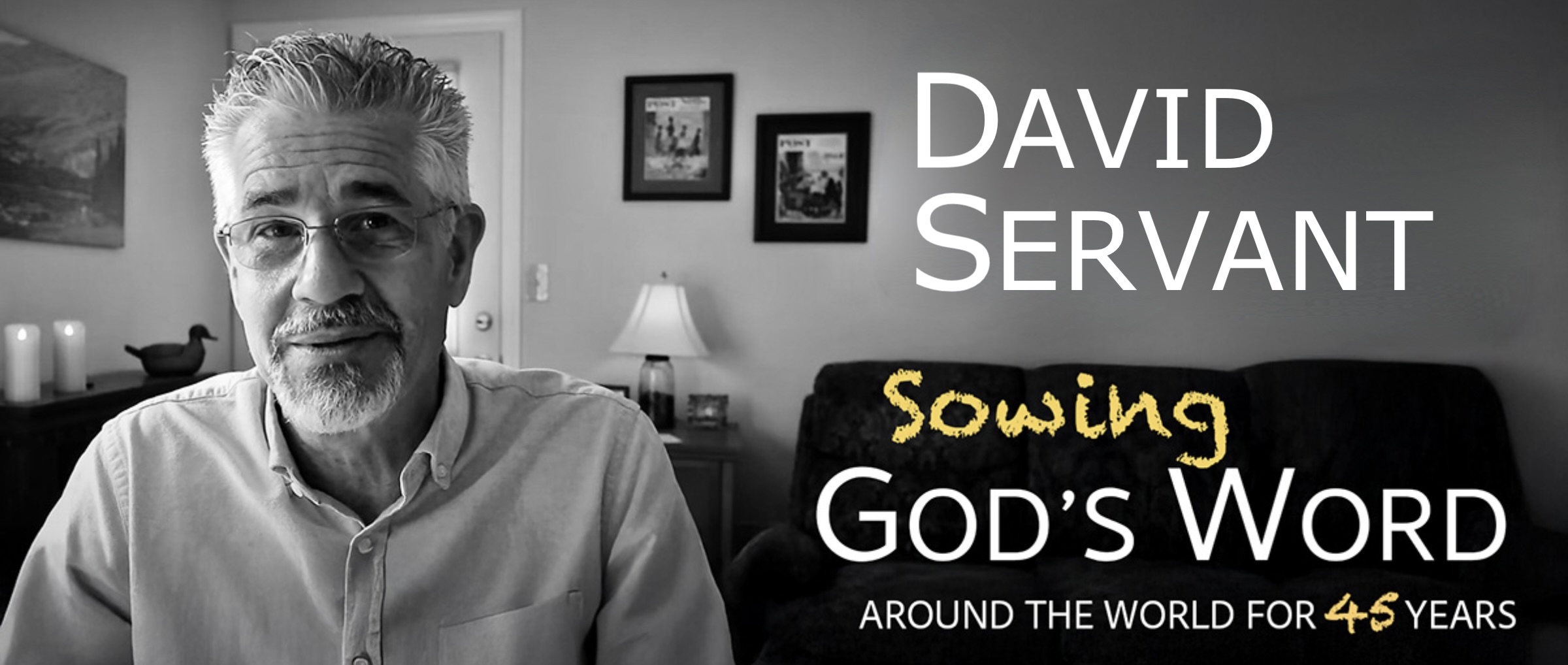
This chapter begins the third of three natural divisions in the book of Revelation—when John begins to record what will take place “after these things” (compare 4:1 with 1:19). He was apparently transported to heaven to witness the scene around God’s throne. If this chapter doesn’t put the fear of God into you, nothing will.
More theories and speculation have been extracted from this book than perhaps any other. For example, from this chapter, some find support for the idea that the church will be raptured before the world-wide tribulation simply because John heard a trumpet sound just before he was transported to heaven, and Scripture tells us that the church will be raptured at “the last trumpet” (1 Cor. 15:52)! And because John was in heaven before he experienced his visions of the earth’s tribulations, this is presented as proof that the church will be in heaven before the earth’s tribulations. The truth is, the only thing that is proven by John hearing a trumpet and being transported to heaven before he had his visions of the earth’s tribulation is that John heard a trumpet, was transported to heaven, and then had visions of the earth’s tribulation.
Some point out that, although the church is mentioned many times in the first three chapters of Revelation, it is not mentioned again until chapter 22, supposedly proving that the church is in heaven during the time of earth’s tribulation. The truth is, however, that believers are mentioned in Revelation as being on the earth during its tribulations (6:1; 7:3-17; 9:4; 11:3-7; 12:14-17), and if there are believers there, the church is there as well, even if John didn’t use the word “church” to describe them. Granted, many believers will suffer martyrdom during the time of the tribulation, and so they will be transported from earth to heaven due to their deaths.
John did his best to describe the scene around the throne of God, a sight that was almost indescribable by earthly standards. Can you imagine a primitive man from the jungles of Borneo visiting New York City and then trying to describe what he saw when he returned to his friends? That was John’s problem. It was interesting that the four living creatures whom John saw—each with six wings and full of eyes—were very similar to the four-winged cherubim Ezekiel saw (Ezek. 1, 10), and the six-winged seraphim that Isaiah saw (Is. 6). John wrote of those creatures:
And the first creature was like a lion, and the second creature like a calf, and the third creature had a face like that of a man, and the fourth creature was like a flying eagle (4:7).
Ezekiel similarly wrote of the creatures that he saw:
As for the form of their faces, each had the face of a man; all four had the face of a lion on the right and the face of a bull on the left, and all four had the face of an eagle (Ezek. 1:10).
Imagine all that if you can!
Both John and Ezekiel described a rainbow over God’s throne (Ezek. 1:28; Rev. 4:4).
John also saw “seven lamps of fire burning before the throne,” explaining that they were the “seven Spirits of God” (4:5). This is certainly a mystery. Some commentators suggest those seven fires represent the sevenfold nature of the Holy Spirit listed in Isaiah 11:1-6: “And the Spirit of the Lord will rest on Him, the spirit of wisdom and understanding, the spirit of counsel and strength, the spirit of knowledge and the fear of the Lord.” Again, that is speculation that doesn’t convince me.
Rather than trying to comprehend every mystery of this chapter (as well as other mysteries in the book of Revelation), it is better to simply allow what we read to fill us with awe and wonder. May it inspire us to worship our awesome God whom we’ll someday see in heaven as John did, and bow before Him!


